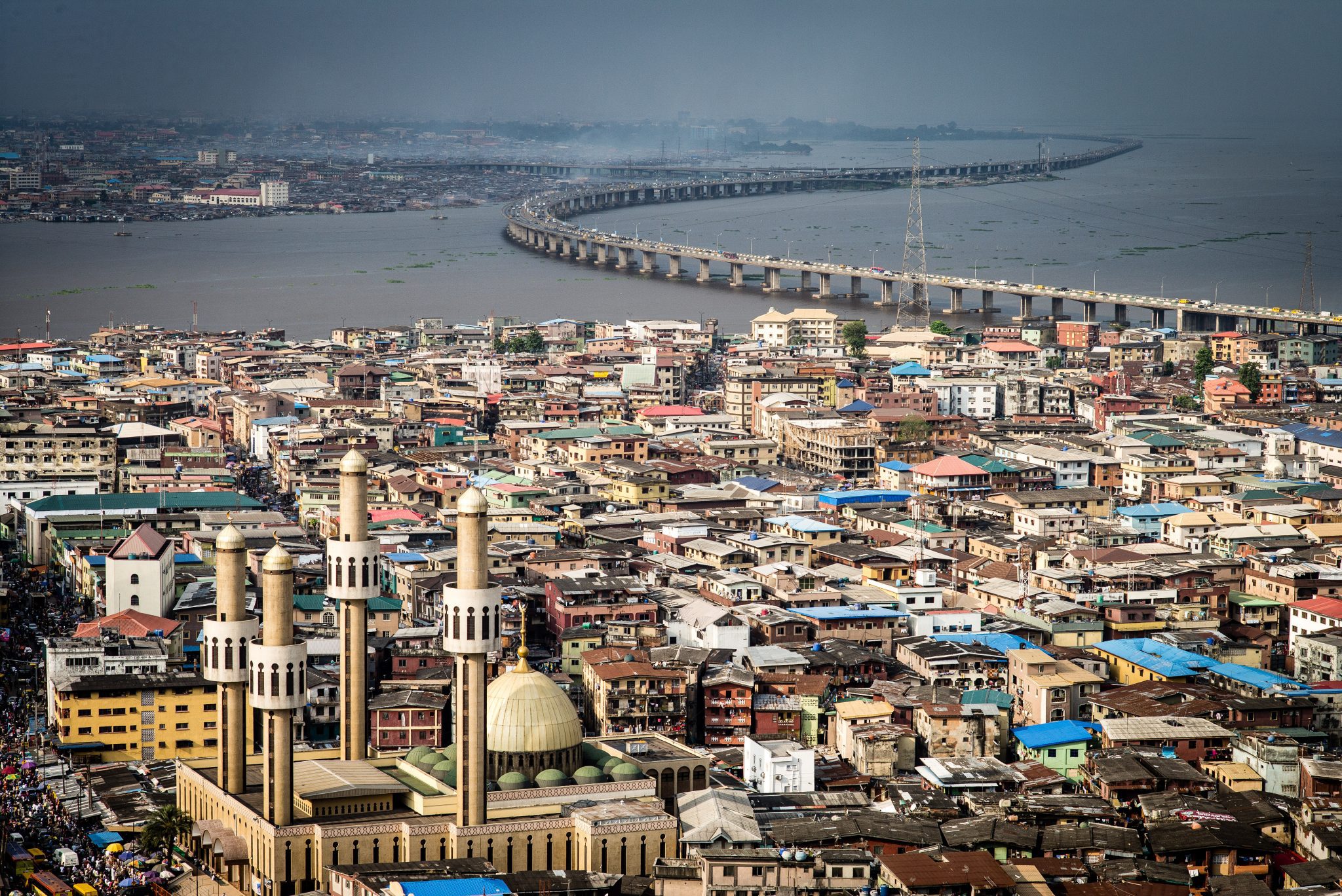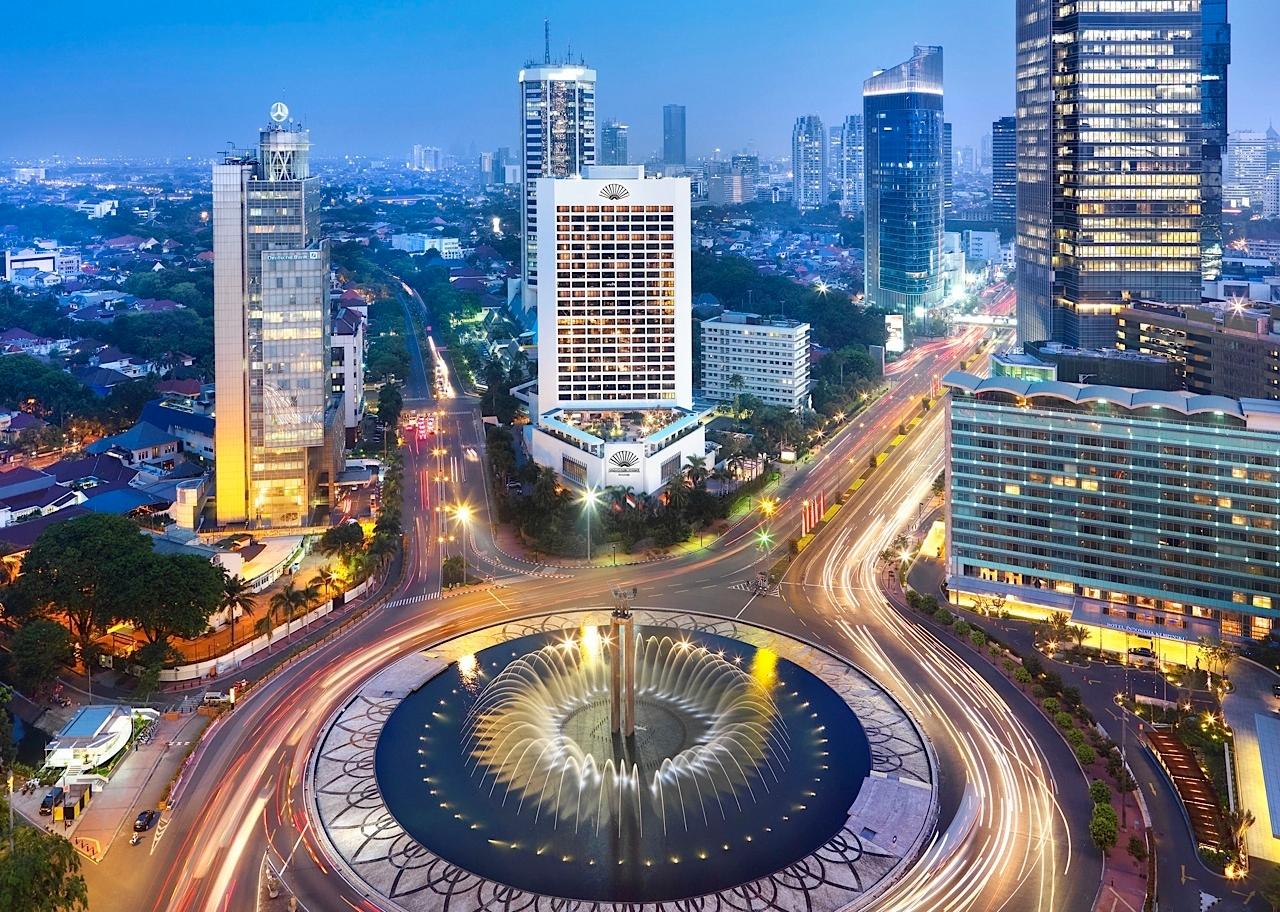When you think of a nation's spirit, often the first thing that comes to mind is its flag. For Nigeria, a country on Africa's western coast, its flag is much more than just a piece of cloth. It tells a story, a really important one, about a people's journey and their aspirations. This visual emblem, the nigeria flag image, truly captures the heart of a vibrant land.
Nigeria, a vast country with a truly diverse geography, stretches from arid zones to humid equatorial regions. It sits between the Sahel to the north and the Gulf of Guinea in the Atlantic Ocean to the south, covering a huge area of 923,769 square kilometers (356,669 sq mi). So, it's pretty clear, this is a place with a lot going on, and its flag, well, it stands for all of that.
To truly appreciate the nigeria flag image, we need to look closer at what it means and how it came to be. It’s a symbol that unites millions, a country with around 213 million people, which, you know, makes it Africa's most populated nation. We will explore its design, its past, and the rich country it represents, giving you a better sense of why this flag holds such special meaning.
Table of Contents
- The Visual Story: What the Nigeria Flag Image Tells Us
- The History Behind the Fabric: How the Nigeria Flag Came to Be
- Nigeria: A Land of Many Wonders
- Finding the Perfect Nigeria Flag Image
- Frequently Asked Questions About the Nigeria Flag
- A Lasting Emblem
The Visual Story: What the Nigeria Flag Image Tells Us
Looking at a nigeria flag image, you see a design that is quite straightforward, yet it carries a lot of weight. It’s a rectangular piece of fabric, split into three vertical bands. The two outer bands are a vibrant green, and the middle band is a clean white. This design, honestly, it’s quite striking in its simplicity.
The choice of colors was very deliberate, representing key aspects of the nation. Each shade, you see, tells a part of Nigeria's story, reflecting its natural wealth and its desire for harmony. It’s a visual shorthand for what the country stands for, and in some respects, it’s quite powerful how a simple design can hold so much.
Green and White: A Simple Yet Deep Meaning
The green stripes on the Nigerian flag are meant to represent the country's truly rich agricultural land. Nigeria is blessed with fertile soil and abundant natural resources, and this green color, well, it’s a nod to that. It speaks of the nation's potential for growth and its reliance on the land for sustenance, a very basic truth for many people there.
The white stripe, positioned right in the middle, symbolizes peace and unity. After all, a nation's strength often comes from its ability to live together peacefully, and Nigeria, with its vast population and many different groups, really values this idea. This central white band, therefore, is a powerful reminder of the importance of coming together and finding common ground, which is something every country strives for.
The History Behind the Fabric: How the Nigeria Flag Came to Be
The story of the Nigeria flag image is, in a way, tied directly to the nation's journey to self-governance. The design itself was the result of a competition held in 1959, just before Nigeria gained its independence. It was a moment of great excitement and hope for the future, and the flag would be a visible sign of this new beginning.
A student named Michael Taiwo Akinkunmi submitted the winning design. His original submission actually included a red sun with rays in the white part, but the judges decided to remove it, leaving the simpler green and white pattern we see today. This decision, it’s fair to say, made the flag even more distinctive and memorable, allowing its core message to shine through.
A Young Nation's Symbol
Nigeria officially gained its independence from British colonial rule in 1960. The flag was first raised on October 1, 1960, marking a truly historic moment for the country. Three years later, in 1963, Nigeria became a republic, solidifying its status as a sovereign nation. The flag, therefore, stands as a constant reminder of this important step in its history, a sign of its newfound freedom and self-determination.
For many Nigerians, seeing the nigeria flag image brings a feeling of pride and belonging. It represents the struggles overcome and the dreams for a better tomorrow. This symbol, honestly, it connects generations, reminding everyone of the shared heritage and the collective future they are building together, and that's a pretty big deal.
Nigeria: A Land of Many Wonders
To truly grasp the significance of the Nigeria flag image, it helps to know a bit more about the country it represents. Nigeria, officially known as the Federal Republic of Nigeria, is situated in West Africa. It borders the Republic of Benin to the west, Chad and Cameroon to the east, and Niger to the north. To the south, its coastline extends for quite a distance along the Bight of Benin and the Gulf of Guinea, offering diverse coastal views.
This country is, as a matter of fact, the most populous nation in Africa, a truly remarkable statistic. Its modern territorial shape, you know, largely came about as a result of 19th-century British colonialization, shaping the boundaries we recognize today. It's a land brimming with vibrant culture, diverse landscapes, and a very rich history, making it a fascinating place to explore, even virtually.
Geography and Climate: A Vast Expanse
Nigeria's geography is incredibly varied, with climates that range from arid conditions in the north to humid equatorial zones closer to the coast. This diversity means you can find everything from sprawling savannas to dense rainforests within its borders. It’s situated between the Sahel, a semi-arid belt, to the north, and the warm waters of the Gulf of Guinea to the south, which really influences its weather patterns.
The country covers an area of 923,769 square kilometers (356,669 sq mi), making it a sizable nation on the African continent. This wide array of environments supports a similarly wide range of plant and animal life, and, frankly, it contributes to the different ways of life found across the country. Understanding this geographical spread helps us appreciate the vastness that the Nigeria flag image symbolizes.
A Nation's People and Their Story
With a population of around 213 million, Nigeria stands as Africa's most populous country, and, honestly, it's the most populated black nation on Earth. Archaeological evidence shows that human habitation of the area dates back to at least 9000 years, indicating a very long and deep history of human presence. This long history has created a truly rich tapestry of cultures, languages, and traditions.
Nigeria is also home to the second-largest film industry in the world, often called Nollywood, which is quite impressive. This creative energy, you know, is just one example of the country's dynamic spirit. Experiencing the heartbeat of Africa and discovering what makes the country so wonderful means looking at its people, their stories, and their contributions, all of which are, in a way, represented by their national flag. You can learn more about Nigeria's fascinating history and culture by visiting Britannica's page on Nigeria.
Finding the Perfect Nigeria Flag Image
When you are looking for a nigeria flag image, you will find many options online. These images are used for all sorts of things, from educational projects to celebrating national events. It’s pretty easy to find high-quality versions that show the green and white clearly, whether you need one for a presentation or just for personal interest.
Many websites offer free images, but it's always a good idea to check the usage rights, just to be safe. Some images are in the public domain, meaning you can use them freely, while others might require attribution or have specific restrictions. So, you know, a little check can save you trouble later, especially if you're using it for something official.
Tips for Using the Flag Respectfully
Using any national flag, including the Nigeria flag image, comes with a certain level of respect. When you display or use the flag, it's important to do so in a way that honors what it stands for. This means avoiding anything that might be seen as disrespectful or trivializing its meaning. It’s a symbol of national pride, after all.
For instance, when you show the flag, make sure it’s displayed correctly, with the green bands on the outside and the white in the middle. Avoid altering its colors or adding other designs to it. Basically, treating the flag with dignity is a simple but meaningful way to show respect for the country and its people, and that, is that, a really good thing to remember.
Frequently Asked Questions About the Nigeria Flag
People often have questions about national symbols, and the Nigeria flag image is no exception. Here are a few common inquiries that come up, helping to clarify some points about this important emblem.
1. What do the colors on the Nigerian flag stand for?
The green color on the Nigerian flag represents the country's rich agricultural land and its natural wealth. The white color, positioned in the middle, symbolizes peace and unity among the nation's people. So, in a way, it’s a very hopeful message.
2. Who designed the Nigerian flag?
The Nigerian flag was designed by a student named Michael Taiwo Akinkunmi. His design was chosen in a national competition held in 1959, just before Nigeria gained its independence. It’s pretty amazing, really, that a student's vision became such a lasting symbol.
3. When was the Nigerian flag first used?
The Nigerian flag was first officially raised on October 1, 1960. This date marks Nigeria's independence from British colonial rule, making it a very significant moment in the nation's history. It’s a day that, you know, is still celebrated with great joy.
A Lasting Emblem
The nigeria flag image is far more than just a pattern of green and white; it is a profound representation of a nation's identity, its rich resources, and its commitment to peace. From its diverse geography to its incredibly populous and vibrant communities, Nigeria is a country that truly embodies resilience and hope. The flag, honestly, captures all of this spirit in a simple yet powerful design. So, the next time you see that familiar green and white, remember the deep meaning and the incredible story it tells about a nation and its people. It’s a symbol that, you know, continues to inspire.



